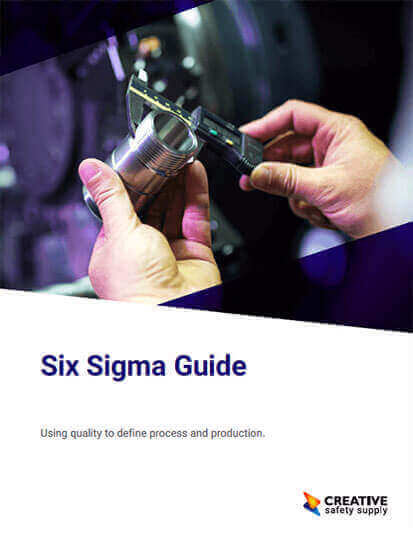
Six Sigma is a popular set of techniques and tools used to improve processes within the workplace. It was first developed in 1980 by Bill Smith. Smith was an American engineer who worked for Motorola at the time. Understanding the history of Six Sigma is a good way to learn more about these processes, how it has developed over the years, and what it can do for your company.
Initial Development of Six Sigma
Six Sigma was originally developed to help Smith and Motorola to reduce defects and other problems in the workplace. The benefits of the systems were quite clear almost right from the beginning. Over the course of the first decade after the initial development the system of standards for Six Sigma were brought together. It was registered as a Motorola trademark on December 28th of 1993. When registered, it used capital S’s, which is how it continues to be written today.
Continued Adoption of Six Sigma
In 1995, Jack Welsh used Six Sigma as part of his overall business strategy at General Electric. This helped to cement Six Sigma as a major business strategy going forward. General Electric was thriving throughout the 90’s and beyond, and it was clear that this was in no small part due to the Six Sigma implementation. This, along with the fact that GE works with thousands of other companies around the world, helped to push the strategies out into additional businesses.
The specific ‘levels’ that are used in Six Sigma were developed throughout the 90’s. In 2008, Motorola University worked with Vative and the Lean Six Sigma Society of Professionals to develop a set of certification standards to be used. The specific criteria for Green Belt, Black Belt, and other levels were set, which allowed many more people to work to attain these levels.
Six Sigma continues to grow and develop over the years and is constantly evolving to meet the ever-changing needs of the business community. Today Six Sigma is one of the best known, and most respected, set of techniques and tools used in companies. Those interested in Six Sigma can study online, take courses at universities, study for individual certifications and much more.
Similar Questions
- Who developed Six Sigma?
- Is a Six Sigma certification worth it?
- What companies use Six Sigma?
- Why is Lean Six Sigma important?
- How can employees become Six Sigma certified?
- Who can do Six Sigma?
- What is the Six Sigma green belt?
- Is Six Sigma accredited?
- Is Six Sigma worth it?

